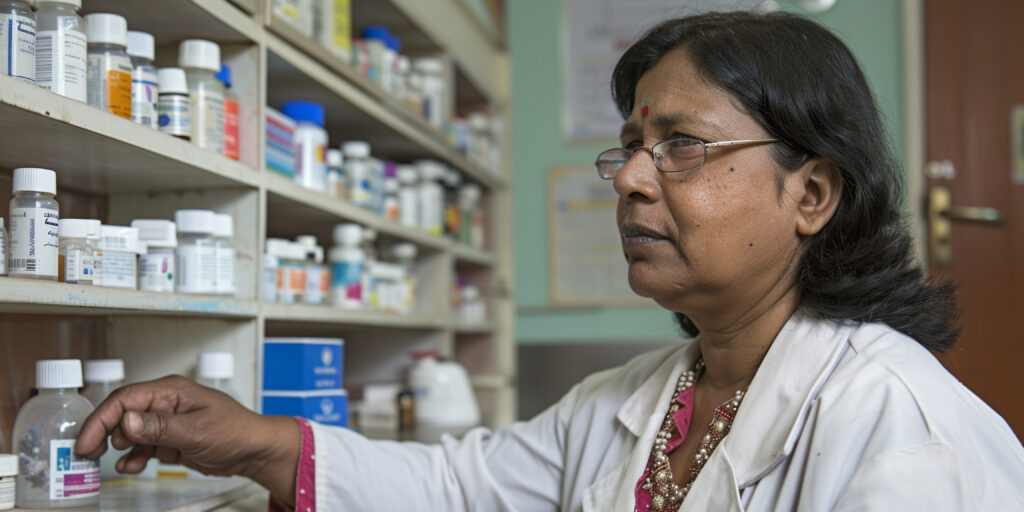Imagine being diagnosed with a rare disease and finding the life saving medicine priced at a huge amount beyond your pay! This is exactly how things go for thousands of patients in India
suffering from rare ailments: exorbitant prices and hard patent laws becoming insurmountable walls to treatment. Lack of affordable drugs led patients and advocacy groups to call for compulsory licences a legal instrument that will break monopolies and bring down drug costs. Will the government step in and ensure access to life-saving drugs? Let’s explore the growing uproar and its implications for healthcare in India.

The Crisis of Rare Disease Drugs in India
Rare diseases affect a small percentage of the population, but for those afflicted, the lack of orphan drugs access in India can be a death sentence. Pharmaceutical companies often hold exclusive pharmaceutical patents in India, allowing them to set sky-high prices with little competition. For instance, drugs like Soliris (for rare blood disorders) or Spinraza (for spinal muscular atrophy) cost crores annually a sum unaffordable for most Indian families.
Patients and caregivers are left with agonizing choices: sell assets, crowdfund, or watch their loved ones suffer. The situation has sparked nationwide protests, with rare disease patients in India demanding urgent policy reforms.
What is Compulsory Licensing?
Compulsory licensing meaning refers to a legal mechanism under the TRIPS agreement, allowing governments to permit third parties to produce patented drugs without the patent holder’s consent. This is not a novel concept India granted its first compulsory license for the cancer drug Nexavar in 2012, drastically reducing its price.
Advocates argue that expanding compulsory licensing in India for rare disease drugs could save countless lives. However, critics warn of potential drug patent infringement in India, discouraging innovation. The debate continues, but for patients, the priority is clear: survival over patents.
Government Intervention and the Way Forward
The Indian government has the power to regulate drug pricing in India, yet policy action remains sluggish. While the National Policy for Rare Diseases (2021) offers some support, it lacks funding and enforcement. Patients urge authorities to:
- Issue compulsory licenses for critical rare disease medications.
- Negotiate price caps with pharmaceutical giants.
- Boost local manufacturing of generic alternatives.
Conclusion
The fight for access to life-saving drugs in India is a matter of life and death for rare disease patients. Compulsory licensing presents a viable solution, but its implementation requires political will and public pressure. As demands grow louder, the question remains: Will India prioritize patient lives over corporate profits? The answer could redefine healthcare justice for generations to come.










Leave a Reply